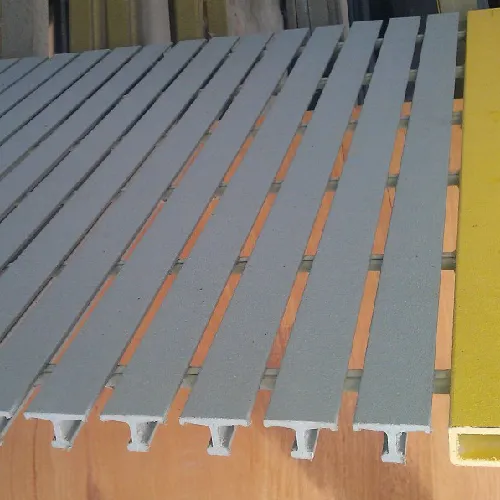loading...
- No. 9, Xingyuan South Street, Dongwaihuan Road, Zaoqiang County, Hengshui, Hebei, China
- admin@zjcomposites.com
- +86 15097380338
- Welcome to visit our website!
Affordable Fiberglass Rebar Prices | Durable & Lightweight Solutions
The Price of Fiberglass Rebar A Comprehensive Overview
In the world of construction and infrastructure, the choice of materials can significantly affect the durability, cost, and overall performance of a project. One such material that has garnered attention in recent years is fiberglass rebar. This innovative alternative to traditional steel rebar is composed of a composite material made from glass fibers and resin, offering numerous benefits that make it increasingly popular among builders and engineers. However, understanding the price dynamics of fiberglass rebar is crucial for any construction project.
Advantages of Fiberglass Rebar
Fiberglass rebar offers several advantages over its steel counterparts. First and foremost, it is resistant to corrosion, which is particularly beneficial in environments exposed to moisture, chemicals, or deicing salts. This resistance significantly reduces maintenance costs and extends the lifespan of structures. Furthermore, fiberglass rebar is lightweight, making it easier to handle and transport, which can lead to cost savings in labor and logistics.
Additionally, the non-conductive properties of fiberglass rebar make it an ideal choice for certain applications where electrical conductivity is a concern. It also exhibits a lower thermal expansion rate compared to steel, ensuring stability in temperature fluctuations. These benefits translate into long-term savings and enhanced performance, making fiberglass rebar an appealing option for various projects.
Factors Influencing Pricing
fiberglass rebar price

Several factors influence the pricing of fiberglass rebar, which stakeholders must consider when budgeting for a construction project. One of the primary factors is the raw material costs, which can fluctuate based on global supply and demand for fiberglass and resin. Market conditions can impact prices, and any changes in the availability of these materials can lead to variability in rebar pricing.
Another significant factor is the production process. Fiberglass rebar involves specialized manufacturing techniques that can affect labor and overhead costs. The technology used for production, as well as the scale of manufacturing, can lead to differences in pricing among suppliers. Therefore, contractors should conduct thorough market research to find competitive prices while ensuring they are not compromising on quality.
Market Trends and Forecast
As construction practices evolve, the demand for innovative materials like fiberglass rebar is on the rise. With an increasing focus on sustainability and longevity, the market for fiberglass rebar is expected to grow steadily. Experts predict that prices may stabilize as production technology advances and more suppliers enter the market, leading to increased competition.
In conclusion, while the initial price of fiberglass rebar may appear higher than traditional steel, it is essential to consider the long-term savings and benefits it offers. As with any construction material, careful analysis of current market trends, production costs, and the specific requirements of a project will help stakeholders make informed decisions. Ultimately, investing in fiberglass rebar may provide both economic and practical advantages, paving the way for more resilient and sustainable infrastructure in the future.
-
GRP Structures: The Future of Lightweight, High-Performance EngineeringNewsJun.20,2025
-
FRP Water Tank: High-Performance Storage for Corrosive and Clean Water SystemsNewsJun.20,2025
-
FRP Square Tube: The New Industry Standard for Chemical and Structural ApplicationsNewsJun.20,2025
-
FRP Pultruded Profiles: The Ultimate Choice for Lightweight Structural StrengthNewsJun.20,2025
-
FRP Handrails: The Safer, Smarter, and Stronger Choice for Modern InfrastructureNewsJun.20,2025
-
FRP Grating: The Smart Solution for Durable, Lightweight Industrial FlooringNewsJun.20,2025
-
Why Choose a Galvanized Water Tank for Your Storage NeedsNewsMay.21,2025
